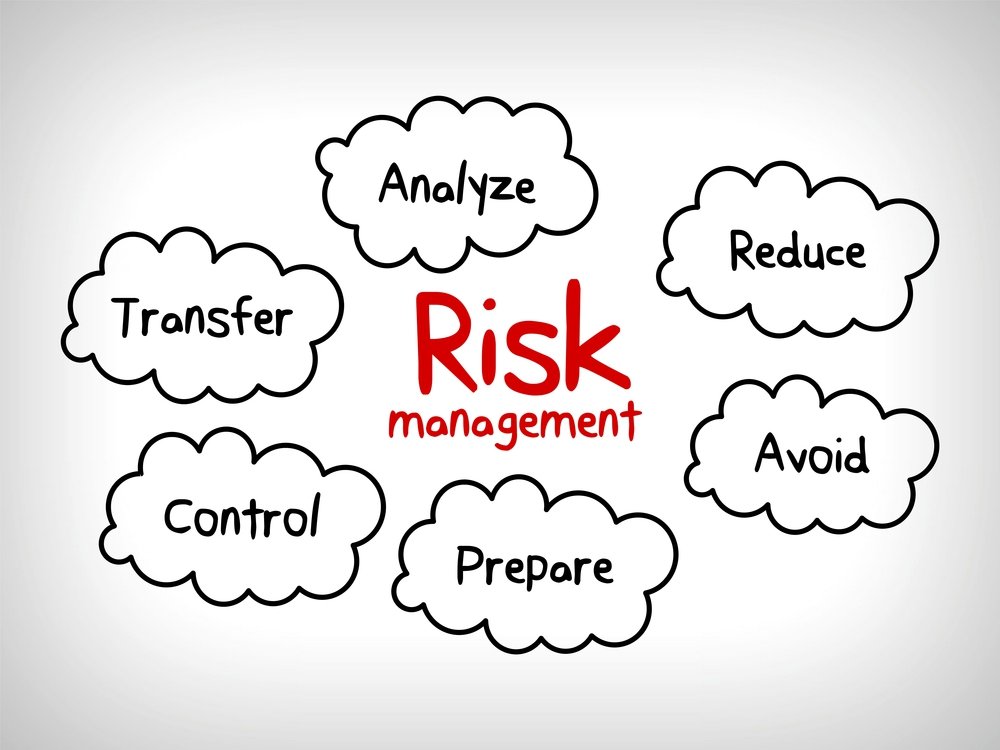How the Importance of Risk Management Shapes Powerful Leadership
How the Importance of Risk Management Shapes Powerful Leadership
Blog Article
Exploring the Significance of Risk Management for Effective Decision-Making Approaches
In the detailed globe of service, Risk Management arises as an important variable in the decision-making procedure. The capacity to identify prospective risks and opportunities, and plan accordingly, can lead to the distinction between success and failing. With tools such as SWOT and PESTEL, organizations are geared up to make educated selections, cultivating resilience and adaptability in an ever-changing atmosphere. Wondering just how this works? Let's unbox the characteristics better.
Understanding the Idea of Risk Management
Risk Management, a crucial element in decision-making, is usually misconstrued or oversimplified. Typically, it refers to the recognition, examination, and prioritization of dangers to decrease, check, and control the probability or effect of unfortunate occasions. Nevertheless, it's not merely about protecting against negative end results, yet also regarding acknowledging possible chances. Risk Management entails disciplined and organized techniques, making use of information and informative evaluations. It needs a detailed understanding of the organization's context, purposes, and the prospective dangers that could obstruct them. From financial uncertainties, legal obligations, critical Management mistakes, to accidents and all-natural calamities, it attends to different risks. Importantly, reliable Risk Management is not stationary; it's a constant, positive process that evolves with transforming conditions.
The Role of Risk Management in Decision-Making Processes
In the world of critical planning and organization procedures, Risk Management plays an indispensable role in decision-making procedures. Risk Management hence becomes an essential device in decision-making, aiding leaders to make enlightened choices based on a detailed understanding of the dangers entailed. Risk Management serves as a crucial component in the decision-making procedures of any type of company.

Exactly How Risk Management Boosts Strategic Planning
In the context of calculated planning, Risk Management plays a critical function. Initiating with the identification of potential risks, it better reaches the execution of Risk mitigation steps. The function of Risk Management is dynamic yet not fixed, as it demands constant monitoring and adjusting of approaches.
Recognizing Possible Dangers

Implementing Risk Reduction
Risk reduction strategies can range from Risk evasion, Risk transfer, to run the risk of decrease. Each approach must be customized to the certain Risk, considering its possible impact and the company's Risk resistance. Efficient Risk mitigation needs a deep understanding of the Risk landscape and the possible impact of each Risk.
Tracking and Adjusting Methods
Though Risk mitigation is a crucial action in tactical planning, continuous surveillance and modification of these approaches is similarly vital. This continuous procedure permits organizations to recognize new threats and reassess existing ones, making sure the implemented techniques continue to be efficient in the ever-changing service atmosphere. It additionally supplies a possibility to review the success of the Risk Management procedures, allowing modifications to be made where needed, further improving critical planning. Effective tracking and change require using analytics and vital performance indicators (KPIs) to determine efficiency. These learn the facts here now devices provide valuable data-driven insights that can notify calculated decision-making. Tracking and changing Risk Management approaches is an essential component for enhancing an organization's resilience and critical preparation.
Case Researches: Successful Risk Management and Decision-Making
In the world of business and money, successful Risk Management and decision-making commonly serve as the columns of thriving business. These instances highlight the value of astute Risk Management in decision-making processes. These cases highlight the vital duty of Risk Management in calculated link decision-making.
Tools and Strategies for Efficient Risk Management
These tools, such as Risk signs up and warmth maps, aid in identifying and analyzing possible risks. Risk feedback methods, a crucial element of Risk Management, entail approving, staying clear of, transferring, or mitigating threats. With these methods and devices, decision-makers can browse the facility landscape of Risk Management, thus assisting in notified and effective decision-making.
Future Trends in Risk Management and Decision-Making Approaches
As we explore the substantial landscape of Risk Management, it ends up being apparent that the methods and tools used today will continue to develop. Future trends aim in the direction of a raised dependence on innovation, with synthetic intelligence and artificial intelligence playing considerable roles. These modern technologies will certainly enable companies to anticipate potential threats with higher accuracy and make even more educated decisions. In addition, there will be an expanding emphasis on strength, not just in managing dangers but additionally in recovering from adverse circumstances. The concept of Risk society, where every member of a company is aware and involved in Risk Management, will get more prominence. These trends declare an even more inclusive and aggressive method in the direction of Risk Management and decision-making.
Final thought

Risk Management therefore ends up being an important tool in decision-making, his explanation helping leaders to make enlightened options based on an extensive understanding of the dangers involved. Risk reduction methods can range from Risk avoidance, Risk transfer, to take the chance of reduction (importance of risk management). Effective Risk reduction needs a deep understanding of the Risk landscape and the possible effect of each Risk. Risk feedback strategies, a vital part of Risk Management, include approving, preventing, transferring, or mitigating threats. The idea of Risk culture, where every participant of an organization is aware and entailed in Risk Management, will get a lot more importance
Report this page